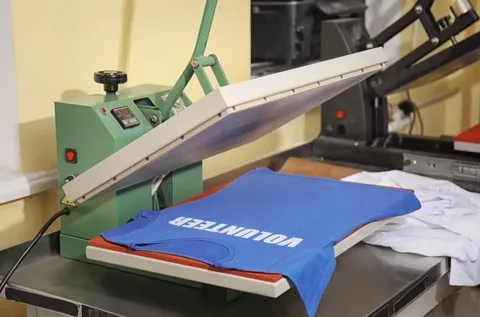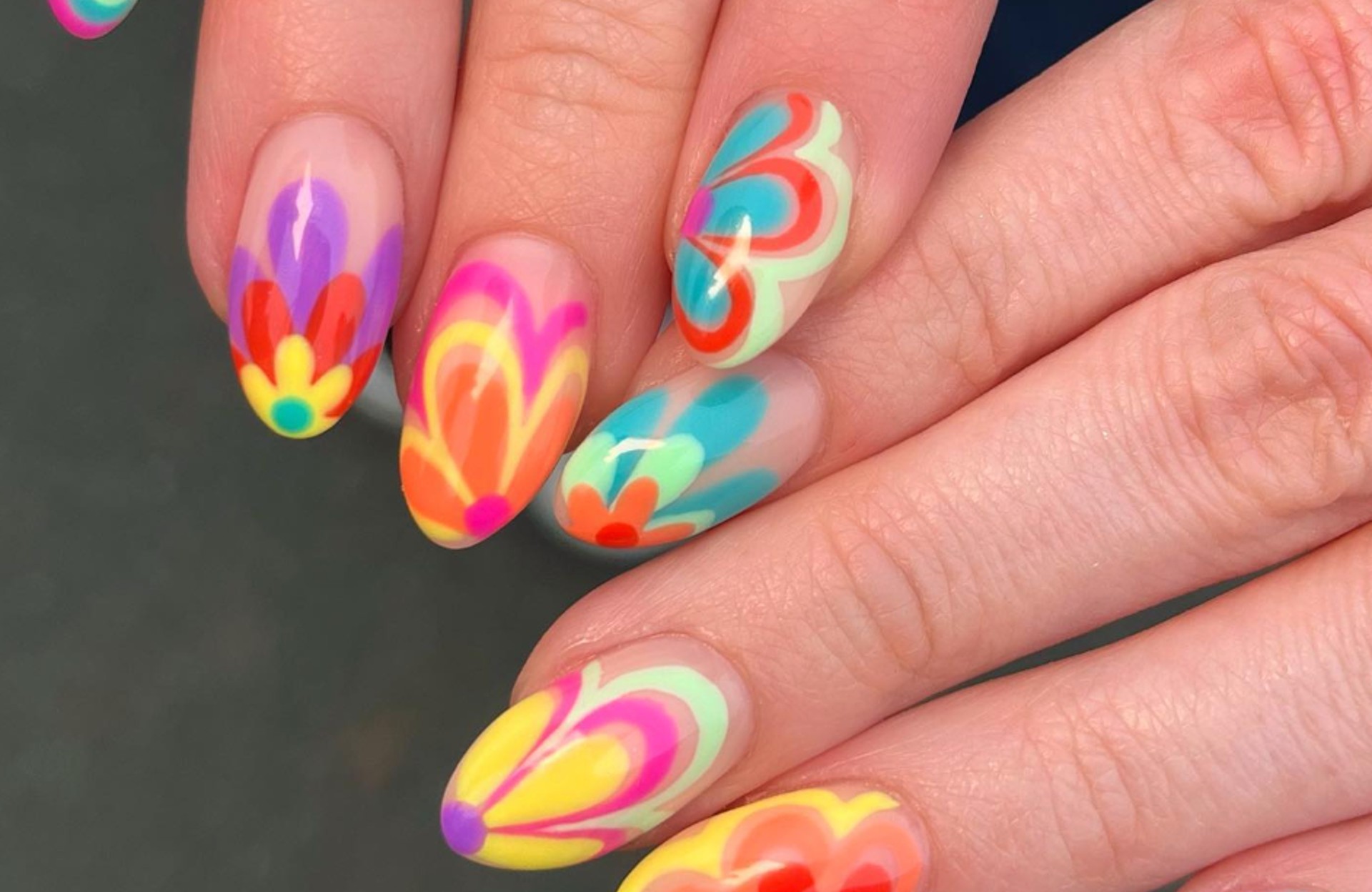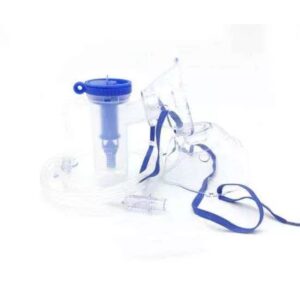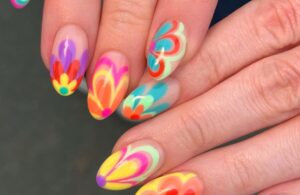Logo Printing on Clothes A Beginner’s Guide to Branded Apparel
Logo printing on clothes has evolved into a strategic branding tool embraced by businesses, influencers, sports teams, and individuals alike. Whether it’s to promote a company, foster team spirit, or create a unique fashion identity, logo printing helps turn everyday garments into powerful marketing assets.
This comprehensive guide delves into the latest methods, benefits, and best practices for logo printing on clothes, aligning with the latest Google Core Update (December 2024) by prioritizing expertise, user intent, trustworthiness, and SEO best practices.
What Is Logo Printing on Clothes?
Logo printing on clothes refers to the process of applying a logo design onto fabric surfaces using various printing or embroidery techniques. These logos can be applied to t-shirts, hoodies, uniforms, hats, jackets, and more, serving aesthetic, promotional, and identification purposes.
Why Logo Printing Matters in 2025
In the age of brand storytelling and visual recognition, a custom-printed logo on clothing is more than decoration — it’s a strategic communication tool. According to a 2024 Forbes report, 64% of consumers are more likely to trust a brand that presents a consistent visual identity, and apparel plays a pivotal role in achieving that consistency.
Key reasons logo printing remains crucial today:
- Brand Visibility: Walking billboards for your business.
- Professional Image: Custom uniforms build trust and brand cohesion.
- Team Unity: Sports teams and corporate teams alike benefit from branded gear.
- Customer Engagement: Promotional apparel fosters deeper connections with customers.
Popular Logo Printing Techniques in 2025
Different materials and use cases demand different printing techniques. Here’s an updated look at the most widely used methods:
1. Screen Printing
Best for: Bulk orders with simple designs
Pros: Durable, vibrant colors
Cons: Not ideal for intricate designs or short runs
Screen printing remains one of the most popular methods due to its cost-effectiveness for large quantities and excellent print quality. However, setup costs can be high, making it less efficient for small orders.
2. Direct-to-Garment (DTG) Printing
Best for: Complex, full-color designs
Pros: Photo-realistic prints, great for small batches
Cons: Works best on 100% cotton fabrics
DTG printing has advanced significantly with eco-friendly, water-based inks and faster printers. It’s ideal for intricate designs or eCommerce businesses offering personalized prints.
3. Heat Transfer Vinyl (HTV)
Best for: Personalization and sportswear
Pros: Flexible, vibrant finish
Cons: May peel with time if not applied correctly
HTV is perfect for names, numbers, and logos on athletic wear. With advancements in vinyl technology, today’s prints are more durable and stretchable than ever.
4. Sublimation Printing
Best for: Polyester fabrics and activewear
Pros: Fade-resistant, vibrant results
Cons: Only works on light-colored polyester garments
Sublimation fuses the ink directly into the fabric, offering unmatched durability. Ideal for sports teams and all-over printed garments.
5. Embroidery
Best for: Premium garments and uniforms
Pros: Professional appearance, high durability
Cons: Limited in design complexity and color gradients
Embroidery offers a timeless and upscale look, commonly used in corporate apparel, hospitality uniforms, and caps.
Choosing the Right Printing Method: Factors to Consider
When deciding on a logo printing method, consider the following:
| Factor | Why It Matters |
|---|---|
| Fabric type | Cotton, polyester, blends – not all methods work on all fabrics. |
| Quantity | Bulk orders benefit from screen printing, while small runs suit DTG or HTV. |
| Design complexity | Intricate designs require DTG or sublimation. |
| Budget | Screen printing and sublimation are cost-effective at scale; embroidery and DTG can be pricier per unit. |
| Durability | Embroidery and sublimation are among the most long-lasting options. |
Logo Printing Trends in 2025
Understanding current industry trends ensures your branding remains modern and effective:
Sustainable Printing
Eco-friendly inks, recyclable materials, and low-waste methods like water-based screen printing are gaining traction. Brands are increasingly prioritizing environmental responsibility.
AI-Driven Design
AI tools are now being used to enhance logo design, offering style suggestions and optimizing designs for different printing methods.
On-Demand Customization
As eCommerce platforms like Prettify and Prankful grow, more businesses are embracing on-demand logo printing for apparel without maintaining inventory.
Smart Fabrics
Interactive elements like QR codes printed onto clothes that link to digital experiences (e.g., brand stories, product pages) are emerging.
Benefits of Logo Printing on Clothing
Whether you’re running a startup or managing a large corporation, logo-printed apparel offers several advantages:
Brand Recognition
Branded clothing reinforces your identity across multiple touchpoints — events, retail, and social media.
Team Morale & Unity
Uniforms with printed logos create a sense of belonging and pride among employees and team members.
Cost-Effective Marketing
Compared to digital ads, custom clothing offers long-term exposure for a one-time investment.
Customer Loyalty
Giveaways featuring printed t-shirts or hats can increase customer retention and referrals.
How to Ensure High-Quality Logo Printing
Work with Reputable Printers
Choose providers with proven expertise best t-shirt printing melbourne, positive reviews, and transparent processes. Check their portfolios and ask for sample prints.
Pre-Test Materials
Test prints on your chosen fabric to ensure compatibility, vibrancy, and durability.
Optimize Logo Design
- Use vector files (.AI, .EPS, .SVG) for sharpness
- Avoid overly complex details for small print areas
- Consider contrasting color schemes for better visibility
Size & Placement
Proper logo placement matters:
- Left chest (most common for uniforms)
- Full front (popular for promotional t-shirts)
- Sleeve or back (good for secondary branding)
Common Mistakes to Avoid
- Using low-resolution files: This results in blurry prints.
- Ignoring fabric compatibility: Not all fabrics suit all printing methods.
- overusing colors: Increases costs and complicates the design.
- Failing to test prints: Always check a sample before full production.
Frequently Asked Questions (FAQs)
Q1: What’s the most durable printing method?
A: Embroidery and sublimation are the most durable options, withstanding heavy wear and frequent washing.
Q2: Can I print logos on any type of clothing?
A: Most garments can be printed on, but the best method depends on the fabric composition and intended use.
Q3: How much does it cost to print a logo on clothes?
A: Prices vary based on quantity, method, and garment type. For instance, screen printing a logo on 100 shirts might cost $3–$6 per piece, while DTG for smaller batches could be $10–$15 per shirt.
Q4: Is logo printing suitable for small businesses?
A: Absolutely. Many small businesses use custom apparel to boost brand awareness and customer loyalty.
Final Thoughts
Logo printing on clothes is no longer a niche practice—it’s a mainstream branding strategy for businesses and individuals alike. By choosing the right method, focusing on quality, and aligning your designs with your brand goals, you can turn everyday apparel into effective marketing tools.
As we move deeper into 2025, the demand for personalized, sustainable, and high-quality printed clothing continues to grow. Embrace the opportunities with a smart, informed approach, and let your logo tell your story—one garment at a time.













